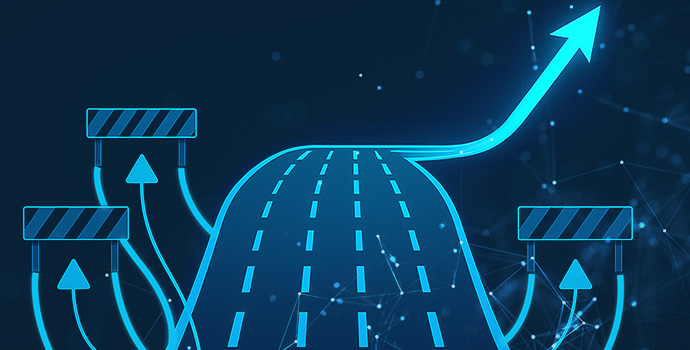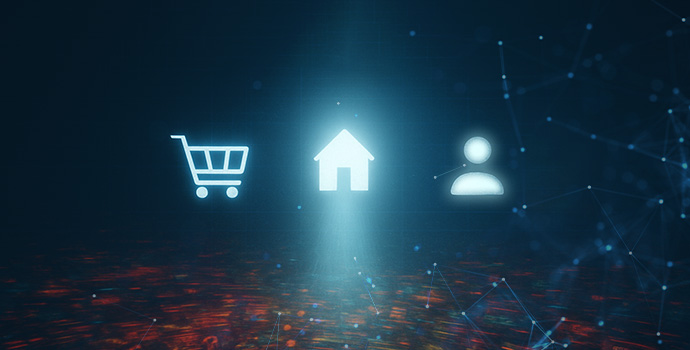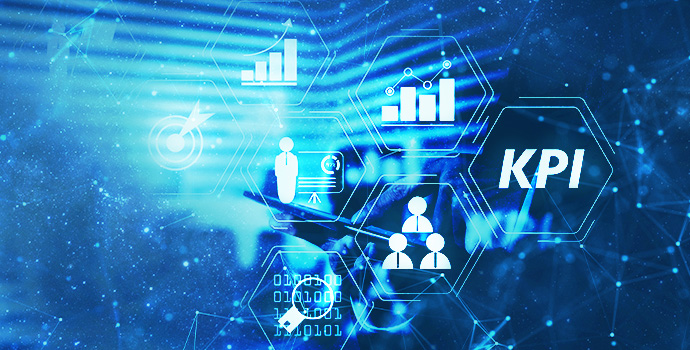Why FAST is winning the performance game
Read Article

If your marketing strategy depends on where Google says the wind is blowing this quarter, you’re gambling with your pipeline.

If your marketing strategy depends on where Google says the wind is blowing this quarter, you’re gambling with your pipeline.

Disconnected systems, cookie-based targeting, and delayed attribution make it nearly impossible for dealers to know what’s actually driving showroom traffic or service revenue.

If your marketing strategy depends on where Google says the wind is blowing this quarter, you’re gambling with your pipeline.

If your marketing strategy depends on where Google says the wind is blowing this quarter, you’re gambling with your pipeline.

If your marketing strategy depends on where Google says the wind is blowing this quarter, you’re gambling with your pipeline.

If your marketing strategy depends on where Google says the wind is blowing this quarter, you’re gambling with your pipeline.

If your marketing strategy depends on where Google says the wind is blowing this quarter, you’re gambling with your pipeline.

The AdTech ecosystem has grown into a complex network of platforms, tools, and data providers — each designed to solve a piece of the marketing puzzle. Yet for many regional and local advertisers, executing a coordinated, measurable campaign remains an uphill challenge.

Refined breakdown of new and returning audiences – available in fullthrottle.app